El regreso a clases plantea retomar nuevamente la rutina que teníamos antes de las vacaciones decembrinas. Tanto para los adultos como como para los niños esto supone un esfuerzo para volver a cambiar horarios y reajustar hábitos de vida. Tener que regresar a la escuela y al aula de clases luego de día de diversión, tiempo libre y de juego, puede suponer un gran desafío para los niños en el espectro autista. Las transiciones en general son difíciles porque implican una distancia importante en la cualidad de las actividades.
“Las transiciones son difíciles para todo el mundo… Una de las razones por las que las transiciones pueden ser difíciles es que a menudo estamos pasando de una actividad preferida (algo que nos gusta hacer) a algo que debemos hacer”.
¿Por qué los niños tienen problemas con las transiciones?
Según mi experiencia, el registro de las vivencias de padres de niños autistas y la revisión bibliográfica que he tenido la oportunidad de realizar, a continuación les comparto sugerencias que pueden mejorar la adaptación de los niños autistas al retomar nuevamente las rutinas escolares.
-Puede ser útil acercarse a actividades de corte escolar, como leer, colorear, dibujar, realizar actividades sencillas en cuadernos.
-Buscar los uniformes y zapatos, para constatar que todo está en orden.
-Organizar los útiles en el bolso.
-Conversar acerca de la vuelta a clases.
-Ponerse en contacto de amigos del colegio.
-Colocar horarios y cronogramas en forma visible.
-Corregir los horarios, sobre todo los de dormir temprano y levantarse temprano.
-Si lo necesita, corregir la hora de las comidas y meriendas.
-En la corrección de los horarios igualmente entra los de juegos y el televisor.
Dar muestras de responsabilidad, tal vez ponerse en contado con los docentes; como una muestra de su compromiso.
-Finalmente hay que tener paciencia, porque los hábitos, luego de las transiciones tardan y según la situación, toman tiempo en restablecerse por completo; inclusive es posible, que hayan cambios incorporados totalmente a los nuevos horarios.
Es importante enfatizar que la capacidad para retomar rutinas luego de una transición va a depender de qué tan significativa haya sido. En este sentido, existe una clasificación para los cambios y la profundidad de su imparto sobre las rutinas: pequeños cambios, medianos cambios y grandes cambios; los cuales a su vez también van a depender de cómo se manejen a nivel de la estructura y dinámica de la familia.
Cambios grandes: Hace referencia a cambios que implican nuevos lugares y /o nuevas personas.
Cambios medianos: Son cambios en lugares cotidianos y/o conocidos.
Por ejemplo: escuela de verano (en el mismo centro), estar en casa de un familiar, cambios en los horarios de los familiares, visitas en casa no habituales, viajes a lugares conocidos, cambios en sus horarios y rutinas en cuanto a día u hora, cambio en el orden de las rutinas familiares…
Cambios pequeños: Son cambios mínimos para los adultos pero no por ello menos importantes o de menor impacto para el niño/a.
Tengo un hijo autista, preparando los cambios
Como se observa, el regreso a la escuela después de unas vacaciones se puede contemplar entre los cambios de mediana dificultad. Manejar esta información es importante porque anticipa los esfuerzos que tenemos que poner en práctica para regresar a un punto anterior. Estos nos advierte cuáles recurso vamos a movilizar y también pronostica qué tiempo puede tomar para volver a la normalidad de la rutina.
En Venezuela se ha anunciado el regreso a clases para el próximo 07 de este mes; y he sabido de familias conocidas que a han puesto en marcha las actividades para retomar el calendario. Pienso que los que aún no han iniciado estos arreglos, pudieran comenzar a hacerlo, ya que debemos considerar que si para nosotros, adultos, es un tanto difícil; mucho más lo es para los niños autistas, en mayor o menor grado. El punto es que los ayudemos con los beneficios de la anticipación.
Por ello es de suma importancia anticipar un evento nuevo, o todo aquello que arriesgue el control de sus rutinas. Los apoyos visuales, son los grandes aliados para este fin. Es decir, presentar gráficamente, ya sea con fotos, dibujos o imágenes, las actividades que se van a realizar.
La importancia de la anticipación en los niños con TEA
Espero que estas breves orientaciones ayuden a que la vuelta al colegio para los niños autistas sea mejor, menos estresante, más amigable y que la escuela no sea vista como una amenaza; sino como un lugar que forma parte de las actividades que se deben realizar durante el día.
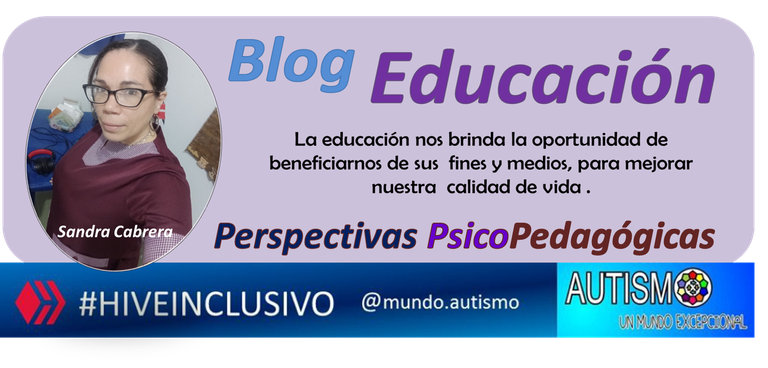
Soy Sandra Cabrera, licenciada en Dificultades para el Aprendizaje, con estudios de postgrado en Educación Especial Integral, Planificación Educativa y Literatura Infantil. Si te interesan los temas sobre educación especial, la discapacidad y las condiciones especiales del desarrollo, puedes contactarme a través de los números 04128032993 y 0412 8333334 y en:
El canal de Telegram, Trastornos del Aprendizaje.
En las redes sociales Instagram y Facebook1 y Facebook2. Sandra Cabrera Psicopedagoga.
En la cuenta de spreaker, @sandracabrerapodcast.
Acompáñanos, suscribiéndote a Mundo Autismo
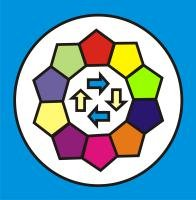
Y sé parte de un mundo excepcional, donde tendrás la oportunidad de informarte e interactuar.
Nos encuentras en:
X


Apoya a @aliento como Testigo

Fuentes de las imágenes:
Logo propiedad de la comunidad @mundo.autismo
Logo propiedad de la Comunidad @aliento
Logo X, editado en PowerPoint, Pixabay
Logo Facebook editado en PowerPoint, Pixabay
La siguiente traducción fue realizada con Google.

Going back to school means getting back into the routine we had before the December holidays. For both adults and children, this means an effort to change schedules and readjust lifestyle habits. Having to return to school and the classroom after a day of fun, free time and play can be a big challenge for children on the autism spectrum. Transitions in general are difficult because they involve a significant distance in the quality of activities.
“Transitions are difficult for everyone… One of the reasons transitions can be difficult is that we are often moving from a preferred activity (something we like to do) to something we must do.”
[Why do children have trouble with transitions?] ](https://childmind.org/es/articulo/por-que-tienen-los-ninos-problemas-con-las-transiciones/)
Based on my experience, the record of the experiences of parents of autistic children and the bibliographic review that I have had the opportunity to carry out, below I share suggestions that can improve the adaptation of autistic children when resuming school routines again.
-It can be useful to approach school-related activities, such as reading, coloring, drawing, doing simple activities in notebooks.
-Look for uniforms and shoes, to verify that everything is in order.
-Organize supplies in the bag.
-Talk about going back to school.
-Get in touch with friends from school.
-Post schedules and timetables in a visible way.
-Correct schedules, especially those of going to bed early and getting up early.
-If necessary, correct meal and snack times.
- Correcting schedules also includes games and television.
Show responsibility, perhaps contacting teachers; as a sign of your commitment.
-Finally, you have to be patient, because habits take time after transitions and, depending on the situation, take time to be completely reestablished; it is even possible that changes are fully incorporated into the new schedules.
It is important to emphasize that the ability to resume routines after a transition will depend on how significant it was. In this sense, there is a classification for changes and the depth of their impact on routines: small changes, medium changes and large changes; which in turn will also depend on how they are managed at the level of the family structure and dynamics.
Large changes: Refers to changes that involve new places and/or new people.
Medium changes: These are changes in everyday and/or known places.
For example: summer school (in the same center), being at a relative's house, changes in family members' schedules, unusual visits at home, trips to known places, changes in their schedules and routines in terms of day or time, change in the order of family routines...
Small changes: These are minimal changes for adults but not for that reason less important or of lesser impact for the child.
I have an autistic son, preparing for changes
As can be seen, returning to school after a vacation can be considered among the changes of medium difficulty. Managing this information is important because it anticipates the efforts we have to put into practice to return to a previous point. This warns us of what resources we are going to mobilize and also predicts how long it may take to return to normal routine.
In Venezuela, the return to school has been announced for the 7th of this month; and I have heard of families I know who have started activities to resume the calendar. I think that those who have not yet started these arrangements could start doing so, since we must consider that if for us, adults, it is somewhat difficult; it is much more so for autistic children, to a greater or lesser degree. The point is that we help them with the benefits of anticipation.
That is why it is extremely important to anticipate a new event, or anything that risks the control of their routines. Visual aids are the great allies for this purpose. That is, presenting graphically, either with photos, drawings or images, the activities that are going to be carried out.
The importance of anticipation in children with ASD
I hope that these brief guidelines will help make the return to school for autistic children better, less stressful, friendlier, and that school is not seen as a threat; but as a place that is part of the activities that must be carried out during the day.

I am Sandra Cabrera, a graduate in Learning Disabilities, with postgraduate studies in Comprehensive Special Education, Educational Planning and Children's Literature. If you are interested in topics related to special education, disability and special developmental conditions, you can contact me at 04128032993 and 0412 8333334 and at:
The Telegram channel, Learning Disorders.
On social media Instagram and Facebook1 and Facebook2. Sandra Cabrera Psychopedagogue.
On the spreaker account, @sandracabrerapodcast.
Join us by subscribing to Mundo Autismo

And be part of an exceptional world, where you will have the opportunity to learn and interact.
You can find us at:
X


Support @aliento as a Witness

Image sources:
Logo owned by the community @autismworld
Logo owned by the @aliento Community
X logo, edited in PowerPoint, Pixabay
Facebook logo edited in PowerPoint, Pixabay
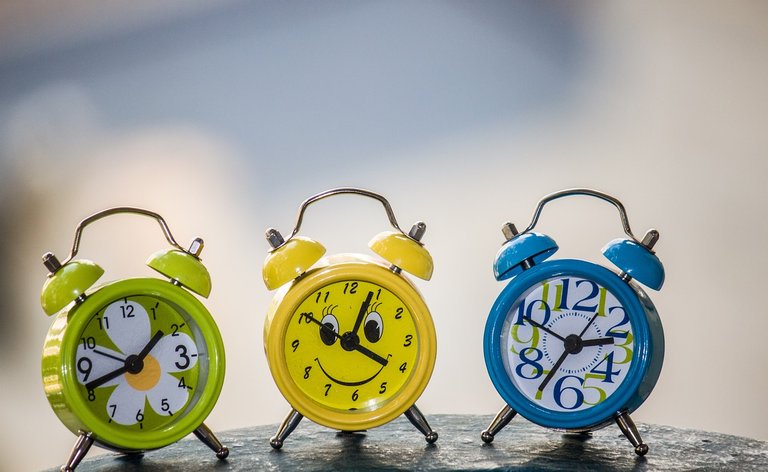
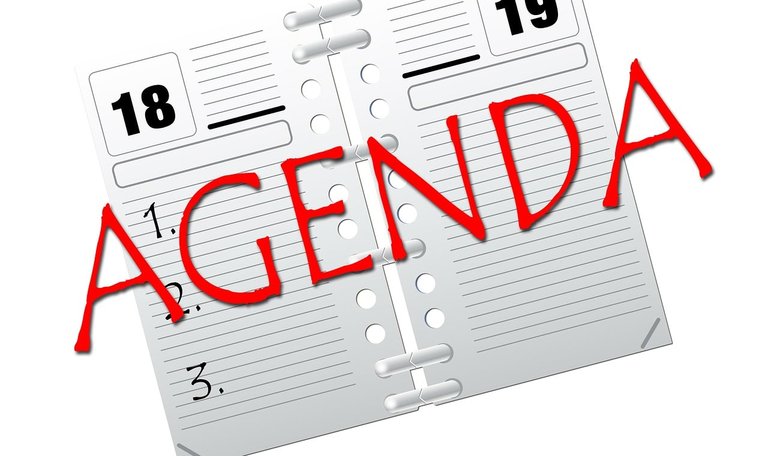
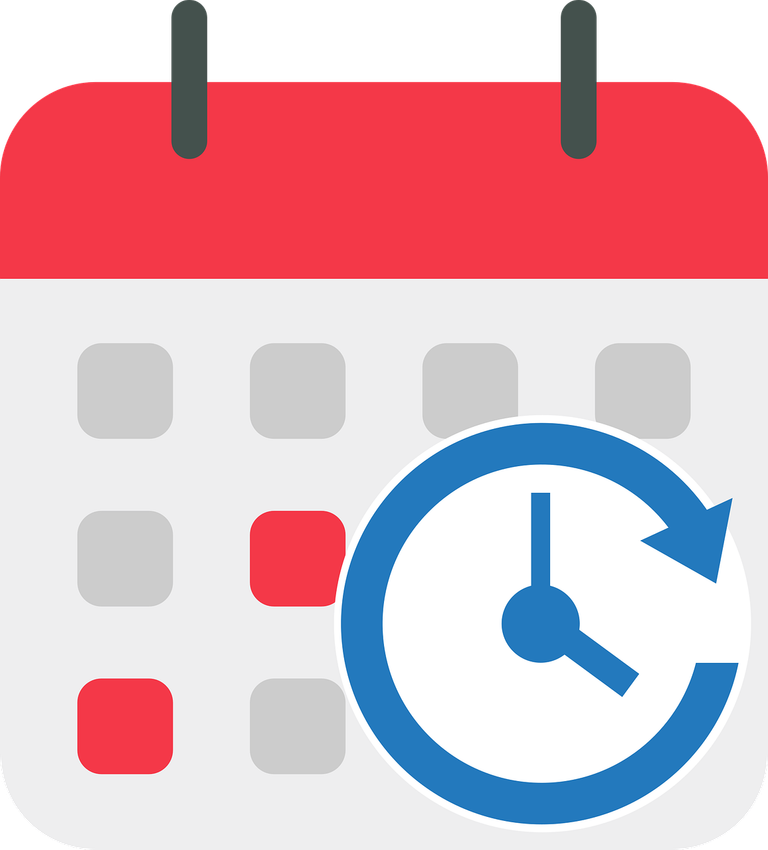
Congratulations @sandracabrera! You received a personal badge!
You can view your badges on your board and compare yourself to others in the Ranking
Check out our last posts:
@tipu curate 8
Upvoted 👌 (Mana: 0/75) Liquid rewards.
Retomar las rutinas y vuelta a clases, luego de un período festivo, suele ser un reto para muchos, creo que con organización y paciencia es posible. 😉💙
Saludos!
Debemos volver a regresar a la rutina con ánimo para retomar las actividades.
Saludos y gracias por tus comentarios.Así es, @belkyscabrera.